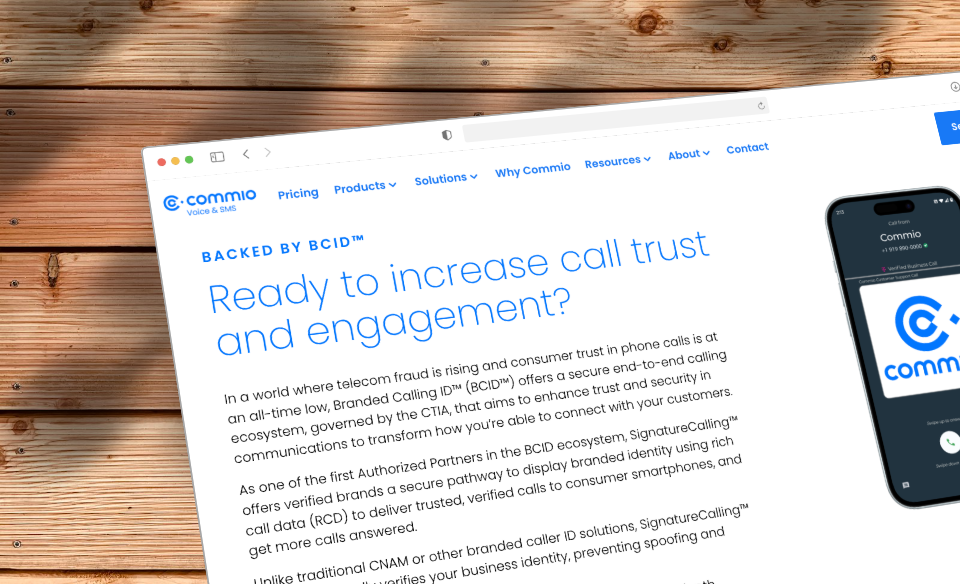Distributed Denial-of-Service (DDoS) attacks have metamorphosed into a colossal challenge for businesses across the spectrum. From multinational corporations to communications platforms and services of all shapes and sizes, the digital age has ushered in not just opportunities but also vulnerabilities. DDoS attacks epitomize this dark underbelly, relentlessly pursuing gaps in a company’s cyber defenses. At its core, DDoS attacks are orchestrated by cyber adversaries seeking to inundate a network or website with an excessive volume of traffic. This surfeit of requests can incapacitate the system, denying legitimate users access. The repercussions aren’t merely short-lived downtimes. It can erode customer confidence, obscure more sinister intrusions, and lead to significant financial setbacks.
While it’s challenging to pinpoint an exact figure, the financial implications of DDoS attacks are profound. Apart from tangible losses like lost sales or compensation, intangible costs such as reputation damage can have long-lasting effects. Today’s cyber aggressors are not just isolated hackers; they represent a mix of ideologues, state-backed groups, and cybercriminals. As their motives diversify, so do their targets, making no business truly safe.
Recognizing the DDoS Red Flags
Being on the front foot requires vigilance. Key indicators of an ongoing DDoS attack include unprecedented surges in web traffic, a slew of requests from singular or clustered IP ranges, and general website sluggishness. Administrators must employ a proactive approach, continuously monitoring network activities and swiftly addressing unusual spikes.
Tools of the Trade: Battling DDoS
To fortify against DDoS threats, businesses should deploy a blend of passive and active instruments. While passive tools keep an eye out for suspicious traffic patterns, active measures proactively deflect malicious requests. Such comprehensive cyber armor ensures a robust first line of defense against potential DDoS assaults.
Proactive Defenses Against DDoS
Even before the storm hits, enterprises can establish barriers. Techniques like rate limiting, IP filtering, and web application firewalls (WAFs) are essential. By setting a ceiling on request rates, scrutinizing incoming traffic, and filtering out malicious requests, businesses can preemptively halt many attacks in their tracks.
Cloudflare automatically detects and mitigates Distributed Denial of Service (DDoS) attacks using its Autonomous Edge. The Autonomous Edge includes multiple dynamic mitigation rules exposed as Cloudflare DDoS Attack Protection managed rulesets. You can customize the mitigation rules included in these rulesets to optimize and tailor the protection to your needs.
Navigating the DDoS Storm
When under siege, swift and decisive action is paramount. Engaging with cloud-based mitigation services, adjusting bandwidth allowances, and partnering with ISPs can stem the tide. Preparedness is half the battle, and having a rehearsed counter-DDoS blueprint can spell the difference between swift recovery and prolonged paralysis.
The Road to DDoS Resilience
Post-attack introspection is crucial. It’s an opportunity to bolster security protocols, fine-tune response mechanisms, and enlighten staff about DDoS nuances. By fostering a culture of cybersecurity awareness and continuously refining their DDoS strategy, businesses can navigate the digital realm with confidence.
The DDoS landscape, with its ever-evolving threats, necessitates an equally dynamic defense strategy. As businesses continue to embrace the digital frontier, ensuring resilience against DDoS attacks will be integral to their success and sustainability.
















